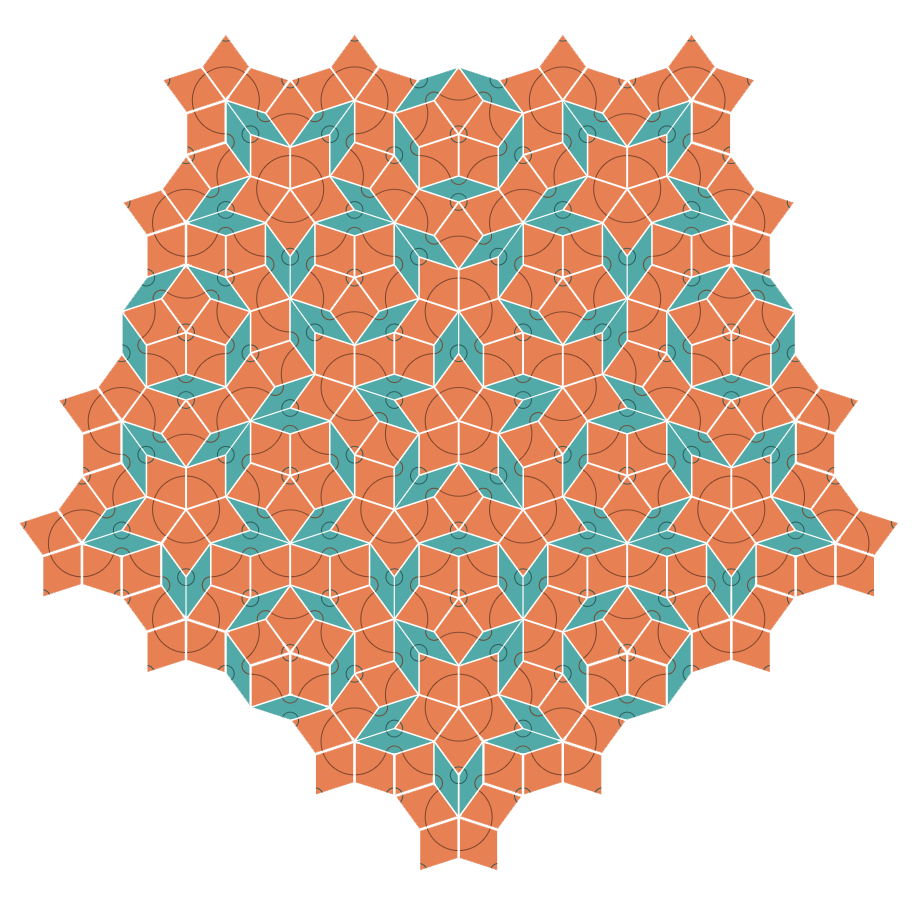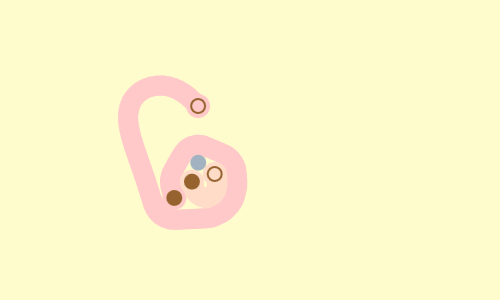Feed Aram Bartholl [copy] http://datenform.de/blog/feed/ has loading error: A feed could not be found at `http://datenform.de/blog/feed/`; the status code is `200` and content-type is `text/html; charset=UTF-8`
Feed Cem TEZCAN [copy] https://yewtu.be/feed/channel/UCGcjzzEmGThh35eeDkvydeg has loading error: cURL error 22: The requested URL returned error: 403
Feed designboom magazine [copy] http://shalnoff.co.uk/rss.php?rss=designboom has loading error: cURL error 22: The requested URL returned error: 403 Forbidden
Feed Kinote.info [copy] http://kinote.info/sections/blog/articles.xml has loading error: http://kinote.info/sections/blog/articles.xml is invalid XML, likely due to invalid characters. XML error: Invalid document end at line 1031, column 7
Procedural Content Creation F.A.Q. - Project Aero, Houdini and Beyond
https://player.vimeo.com/video/211742962

I’ve finally found the time to put together a long-requested video demo for Project Aero and would like to use this opportunity and answer some of the questions I’m often hearing in its regard.
Procedural Aircraft Design Demo from Denis Kozlov on Vimeo.
What is Project Aero?
Project Aero is the software I’ve developed for rapid design of aircraft concepts. The video above demonstrates its main features.
What does “procedural” mean?
In a wider
sense it means “automated” - created algorithmically by a computer
(rather than manually by a human operator or sampled like a scan or a
photograph). Here are the good places...
Tiles

I have a new geometry toy, Tiles. It’s a thing that lets you play with aperiodic tilings, which are special tiles resist tessellating in a way that repeats itself.
You can swap between using kite and dart, and rhombus tiles, which are both kinds of penrose tilings.
I made it just because I wanted to play with these tiles. Originally I was looking for a way to try them out physically, by printing some and cutting them out, but eventually decided that it might be more fun to make it something I could share with other people.
Most my projects start out with...
Castles Made of Castles

Today I’m releasing Castles Made of Castles – a building tool where the pieces are the same as the whole.
Castles Made of Castles was commissioned by, and first playable at, the Now Play This festival in London. Game events offering commissions or exhibitor fees are rare, so I’m really grateful for the opportunity. Since the festival it’s been waiting around for me to tie up a few loose ends, and now that Push Me Pull You is finished, I’ve found the focus to give it a proper release.
Castles mixes fractals and voxels. Like most of my work on this site,...
Push Me Pull You
https://invidious.privacyredirect.com/watch?v=yeHD03_0C_A

Hi sciencevsmagic.net, sorry I haven’t updated my website for three years. I was making a videogame.
After you last heard from me, back in 2013, I got together with three friends and we decided to make a small videogame. We didn’t expect much. Mainly it sounded like a good excuse to hang out a bunch.
We had no formal experience in game development, or connections in the industry, but we had all been playing local-multiplayer games together and wanted to try making one for ourselves. After making Let’s Play: Ancient Greek Geometry I figured I probably knew *just* enough about programming that...
Render Elements: UVs
https://player.vimeo.com/video/156742662

Continuing on the topic of AOVs with another brief anatomic study. This article closes my series on post-render image manipulation, I believe and hope that understanding of other AOVs like Z-Depth, Direct/Indirect Lighting passes or World/Rest Position can be easily derived from the principles already discussed, common sense and the Internet. And the following video could serve as a good example of utilization of these principles.
Now let's take a look at the UVs...
One less common yet extremely powerful render element is the texture
coordinates (or UVs). 3D software typically doesn't provide a preset
output for them out of the box,...
Render Elements: Normals

This time let's do a brief anatomic study of a Normals output variable. Below is my original manuscript of an article first published in issue 188 of a 3D World magazine.
A typical Normals element rendered in screen space
The shaders and the AOVs
Although this might be obscured from the artist in many popular 3D applications, a shader (and a surface shader in particular) is actually a program run on each pixel*. It takes input variables for that pixel such as surface position, normal orientation, texture coordinates and outputs some variable value based on those input traits. This new pixel value...
Packing Lighting Data into RGB Channels

Most existing renderers process Red, Green and Blue channels independently. While this limits the representation of certain optical phenomena (especially those in the domain of physical rather than geometric optics), it provides some advantages as well. For one, this feature allows encoding lighting information from several sources into a single image separately, which we are going to look at in this article.
Advanced masking
For the first example let's consider rendering masks which we have discussed the last time. The image above introduces a bit more advanced scenario when an object is present in reflections and refractions as well, so...
Storing masks in RGB channels

Base image for the examples in this article
Finally returning to posting the original manuscripts of the articles I've written for 3D World magazine in 2014. This one was first published in issue 186 under the title "The Mighty Multimatte".
In an earlier piece we've been looking at raster images as data containers which may be used for storing various supplementary information as well as the pictures themselves. One of the most straightforward usage of these capabilities is rendering masks.
A lot can be done to an image after it has been rendered, in fact contemporary compositing packages even allow us to move...
CG|VFX reel 2015
//player.vimeo.com/video/128073234

CG|VFX reel 2015 from Denis Kozlov on Vimeo.
My reels tend to become shorter and shorter. Here goes the new one – a generalist's reel again, so I have to take the blame for most of non live action pixels – both CG and compositing. With only a couple of exceptions, the work has been done in Houdini and Fusion predominantly. Below follows a breakdown describing my role and approach for each shot.
Direction and most visual elements for this version of the shot. The
main supercell plate created and rendered in Houdini with a mixture of
volumetric modeling techniques and...
On Wings, Tails and Procedural Modeling

Project Aero: Procedural Aircraft Design Toolkit for SideFX Houdini
I find Houdini a very powerful tool for 3D modeling. In fact, this
aspect was largely motivational for me to choose it as a primary 3D
application. And talking procedural modeling I mean not just fractal
mountains, instanced cities and Voronoi-fractured debris (which all can
be made look quite fascinating actually), but efficient creation of 3D
assets in general. Any assets.
Thus lately I have taken some of the not-so-free time (a bit over 3 months, to be more accurate) to develop (or rather prototype) a toolkit for procedural aircraft creation, which I...